As subscription services become increasingly common in the automotive industry, many drivers are expressing frustration over certain features that seem more beneficial to manufacturers than to consumers. This article delves into seven subscription features that have sparked outrage among drivers, highlighting concerns over costs, accessibility, and the overall driving experience.
1. Subscription Fees for Basic Features

Many drivers are upset about having to pay ongoing fees for features that were traditionally included in the purchase price of their vehicles, such as heated seats or advanced safety systems. For instance, BMW has received criticism for charging a $18 monthly fee for heated seats in some of its models, leaving many feeling that essential comfort features have been unreasonably monetized. This practice has created a backlash, as consumers feel that they’re paying twice for features that should be standard, driving up the overall cost of vehicle ownership significantly.
The perception that car manufacturers are prioritizing profit over customer satisfaction has fueled frustration. Drivers argue that features like adaptive cruise control or lane-keeping assist, which enhance safety, should not come with an extra charge. The cumulative effect of these subscription fees can make owning a vehicle feel less like a worthwhile investment and more like an ongoing financial burden.
2. Limited Availability of Features
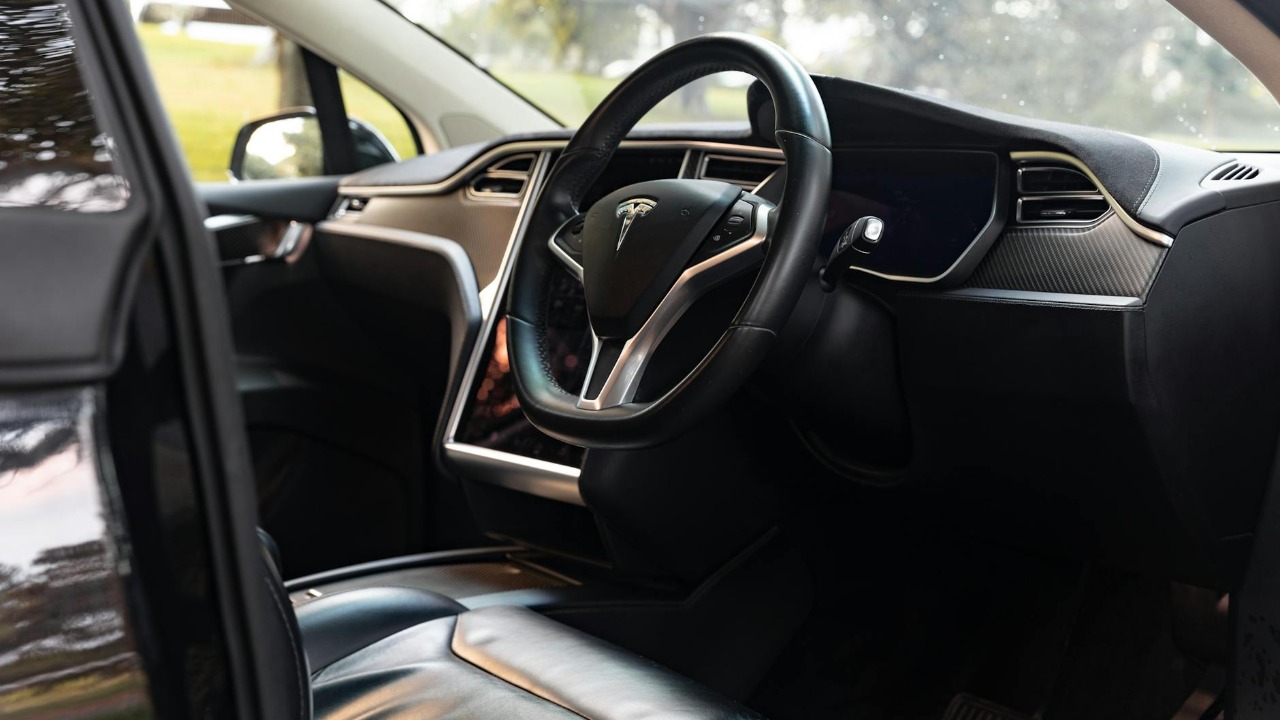
Frustration mounts when drivers discover that certain features are not available in their region or vehicle model, despite being advertised as part of the subscription service. For example, Tesla’s Full Self-Driving feature, while widely marketed, is only available in certain regions and requires a hefty subscription fee. This inconsistency in feature availability creates dissatisfaction, especially for customers who feel misled during their purchase process.
Drivers often express concern that geographical limitations unfairly restrict their access to technology and conveniences that are presented as universally available. When a feature that was a selling point turns out to be inaccessible, it can feel like a betrayal, leading to an erosion of trust in the brand.
3. Complicated Subscription Models
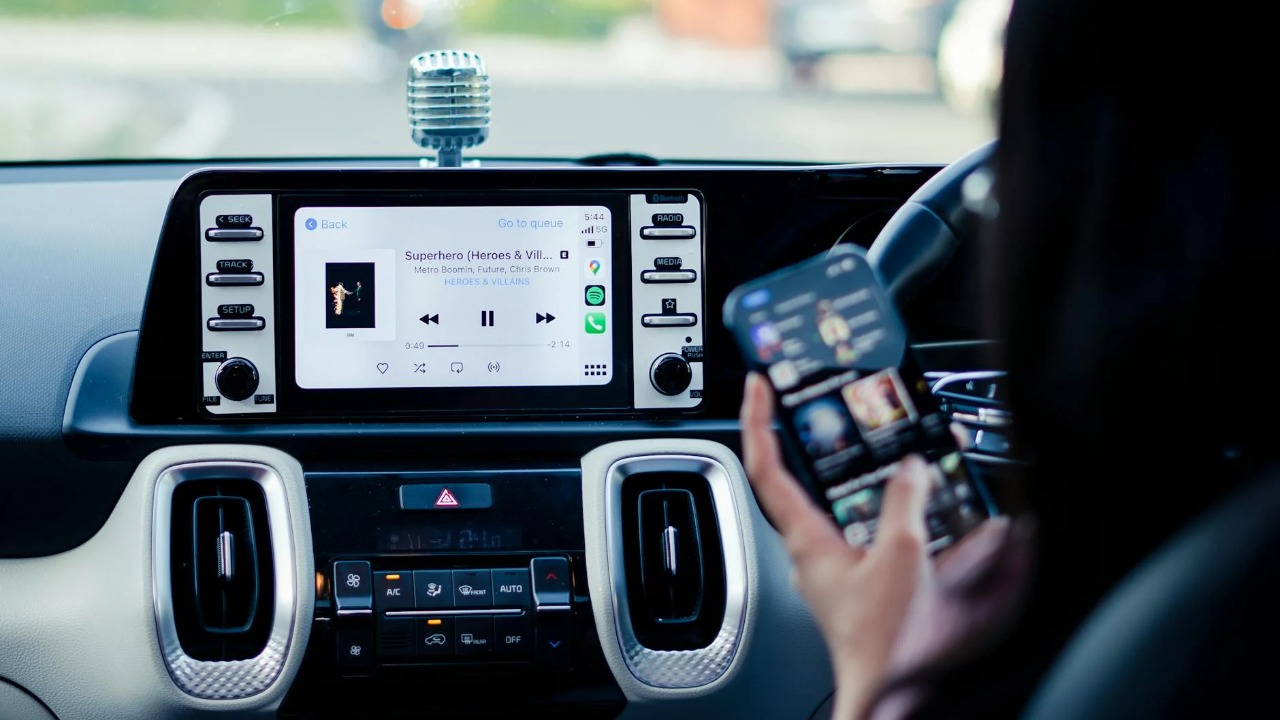
Many subscription plans come with complex terms and conditions that confuse consumers, leading to frustration and distrust. The pricing structures can be convoluted, with multiple tiers and add-ons that make it challenging for drivers to ascertain what they are actually paying for. For instance, Ford’s subscription service for its Mustang Mach-E includes various packages that can leave consumers overwhelmed, unsure of what features are included in their monthly fee.
This lack of transparency often leads to consumers feeling misled about the total cost of ownership. With hidden fees and unclear offerings, drivers find themselves overwhelmed, which detracts from the overall ownership experience. The frustration often results in a negative perception of the brand and its commitment to customer satisfaction.
4. Deactivation of Features after Subscription Ends

One of the most alarming practices is the deactivation of vehicle capabilities once a subscription is canceled. Drivers are furious when their vehicle’s capabilities are limited or completely disabled, which can significantly reduce the car’s value. For instance, if a driver has been using a premium navigation system that requires a subscription, losing that access after cancellation can feel like a loss of functionality that was previously paid for.
Many customers feel that they should retain access to features they have already paid for, regardless of their subscription status. This practice raises ethical questions about ownership versus access and has led to calls for clearer policies from manufacturers about what consumers can expect when they opt into subscription services.
5. Frequent Updates and Downgrades
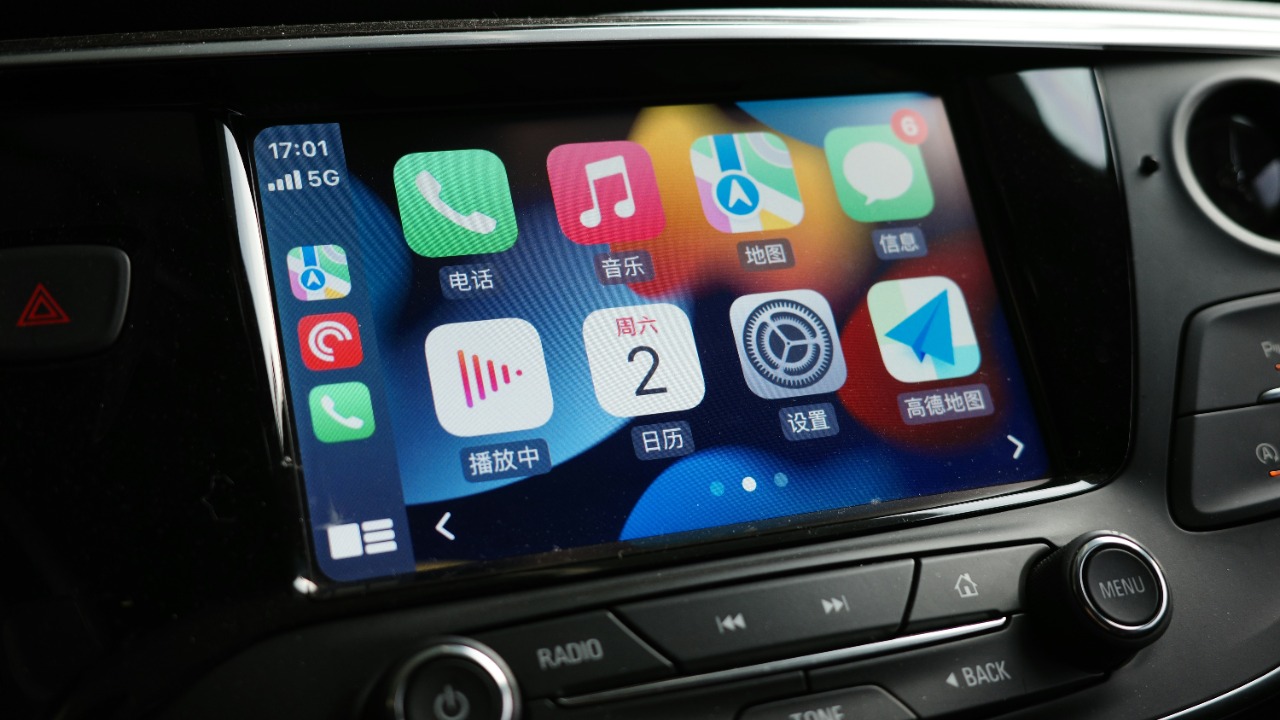
Subscription services often introduce periodic updates that can alter the functionality or quality of features, leading to dissatisfaction among users. For example, some drivers have reported that software updates for Tesla vehicles have occasionally resulted in downgrades in performance or user experience. These changes can cause frustration, especially if the updates do not align with consumer expectations.
The unpredictability of updates means drivers are left wondering when and how their driving experience might change, often negatively. This inconsistency can lead to a lack of confidence in the vehicle’s capabilities, as drivers feel their experience is subject to the whims of the manufacturer rather than their own preferences or needs.
6. Lack of Customer Support

Many drivers find that customer support for subscription services is lacking, making it difficult to resolve issues or understand the features they are paying for. Long wait times and unhelpful responses frustrate customers who expect timely assistance for their concerns. For instance, users of the Volkswagen ID.4 have reported difficulties in reaching support for subscription-related queries, leading to increased dissatisfaction.
Poor customer support not only diminishes user satisfaction but also erodes trust in the manufacturer’s commitment to service. When drivers feel abandoned after making a financial commitment, it can lead to negative word-of-mouth and a hesitance to engage with the brand in the future.
7. Environmental Concerns
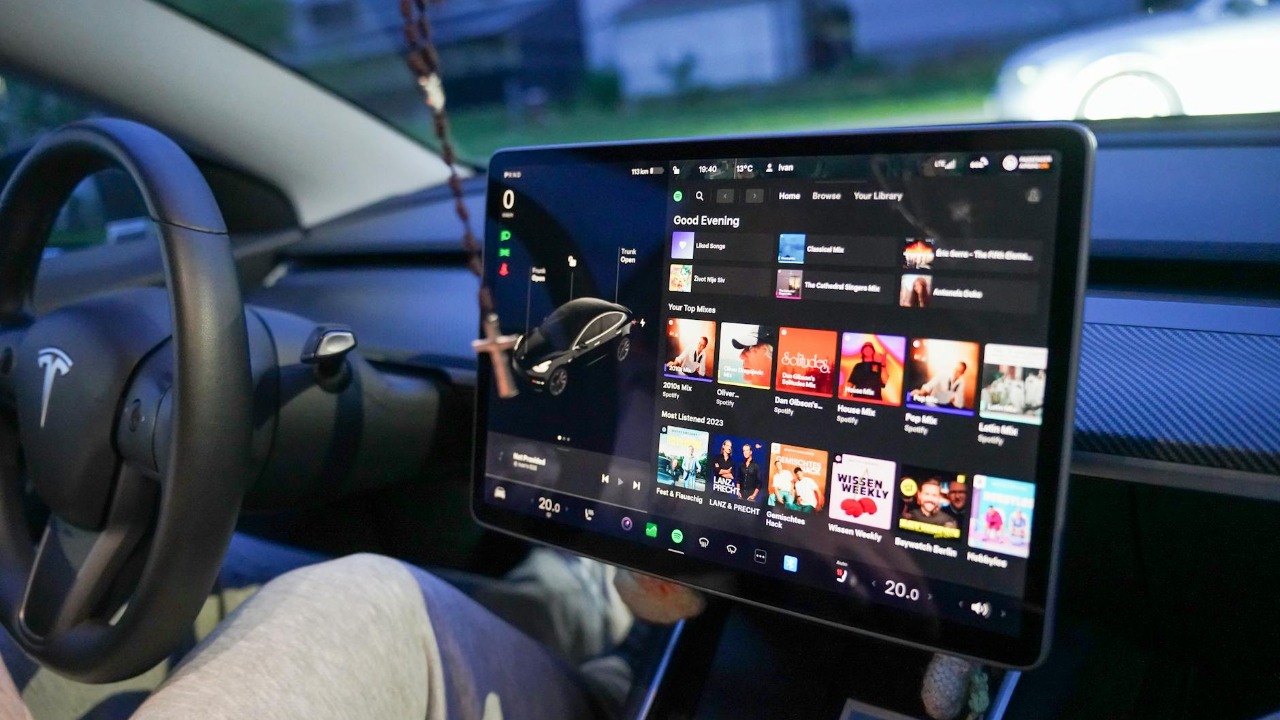
The shift toward subscription models raises questions about sustainability, as constant updates and new features often encourage a culture of disposability. Many drivers are concerned that the push for new subscriptions leads to increased electronic waste and environmental degradation. For example, the rapid turnover of software updates can contribute to a cycle where older vehicles are viewed as obsolete, prompting consumers to upgrade more frequently.
As consumers become more environmentally conscious, they are looking for options that align with sustainable practices. The subscription model, which may encourage frequent upgrades and new purchases, appears to contradict these values. Many are advocating for more environmentally friendly options that consider the lifecycle of vehicles and their impact on the planet.
More from Fast Lane Only:
- Unboxing the WWII Jeep in a Crate
- The Fastest Farm Truck Ever Built
- 10 Old Trucks That Were Built Like Tanks
- 12 Classic muscle cars still within reach for budget buyers
*Created with AI assistance and editor review.




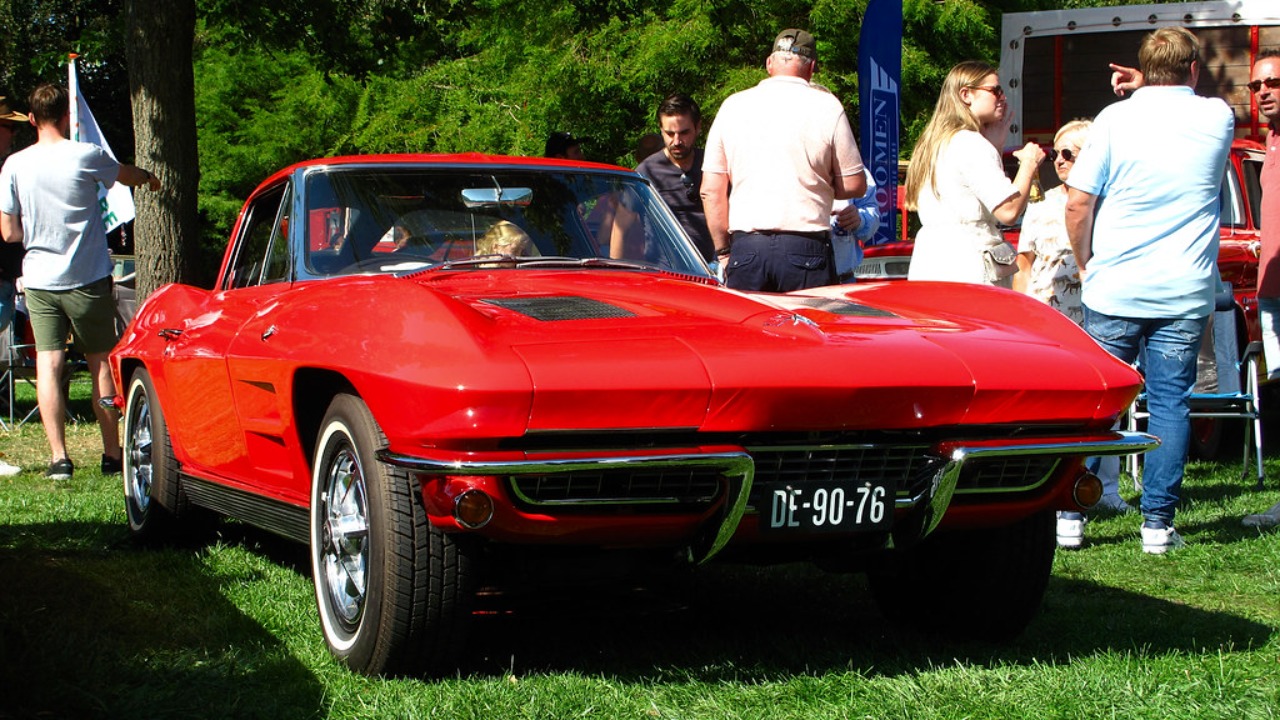

Leave a Reply